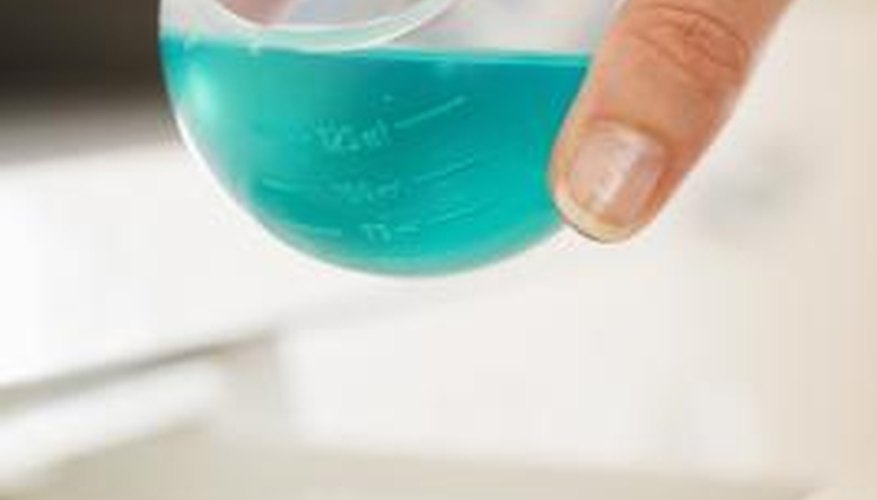"Surfactant" stands for "surface active agent." It's a substance that when dissolved in water helps to remove dirt and oil from many different solids. Surfactant molecules have a hydrophilic (attracted to water) and hydrophobic (repels water) tails. In cleaning products, this means the hydrophobic tail holds the dirt and oil from re-entering the cleaned surface while the hydrophilic tail helps in disinfecting the surface. This is why many household cleaners have nonionic surfactants.
What are Nonionic Surfactants
There are different types of surfactants with different properties. These properties decide which surfaces the cleaning product is best used on and how well they can cope with water hardness. Nonionic surfactants have molecules with no electrical charge, which makes them resistant to water hardness deactivation. This makes them good for use in laundry detergents, toilet bowl cleaners and dishwashing detergents.
- There are different types of surfactants with different properties.
- Nonionic surfactants have molecules with no electrical charge, which makes them resistant to water hardness deactivation.
Washing Powder
Laundry detergents actually have both nonionic and aniconic surfactants. Anionic surfactants have a negatively charged head which gives them excellent cleaning properties and high sudsing potential. This complements the nonionic surfactants resistance to hard water deactivation. Tide and Wisk are two of the many different brands of detergents that use nonionic surfactants.
- Laundry detergents actually have both nonionic and aniconic surfactants.
- Tide and Wisk are two of the many different brands of detergents that use nonionic surfactants.
Toilet Bowl Cleaners
Cleaning your toilet bowl is a situation where resistance to hard water is imperative. That is why most toilet bowl cleaners, both hand and automatic, use nonionic surfactants. Cling and Lysol are two of the automatic brands that use them while Comet is one of the hand cleaning brands.
Dishwashing detergents
As well as being resistant to hard water deactivation, nonionic surfactants are good at breaking up fats and oils. That makes them very good in cleaning dishes. The hydrophobic tail combines and traps the oil and fat and keeps it from reattaching to the dish. The Electrasol Automatic 2 in 1 jet dry packs have them as well as Roebic Grease Destroyer.
- As well as being resistant to hard water deactivation, nonionic surfactants are good at breaking up fats and oils.
- The hydrophobic tail combines and traps the oil and fat and keeps it from reattaching to the dish.
